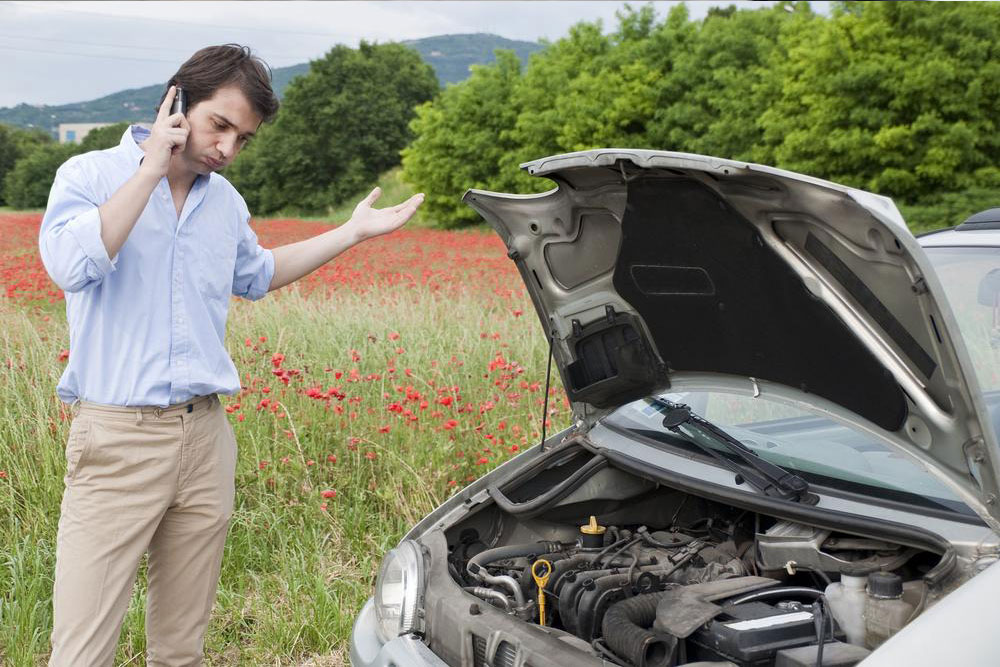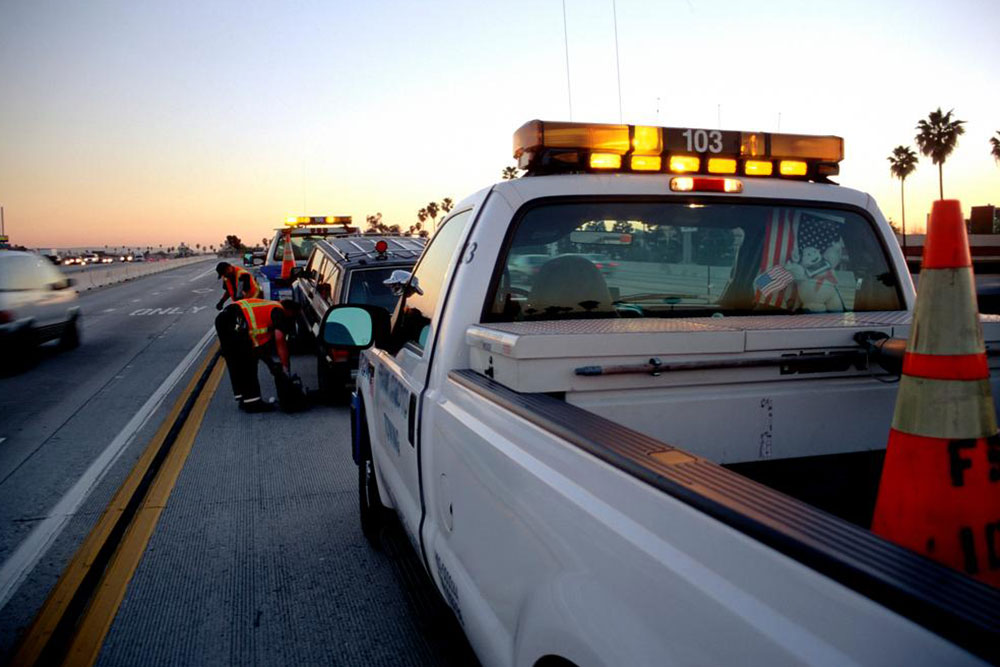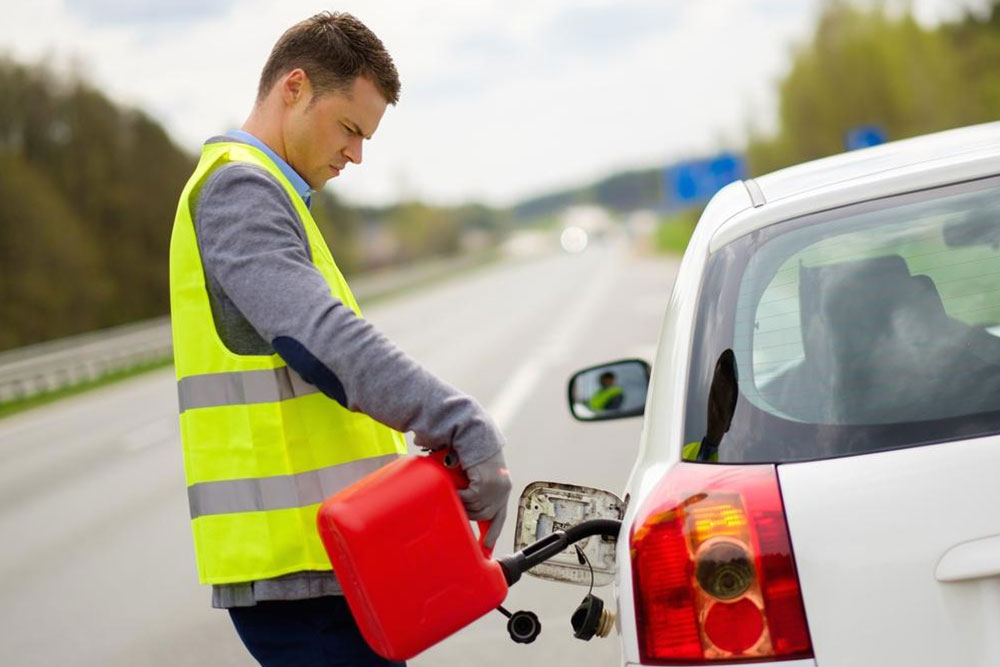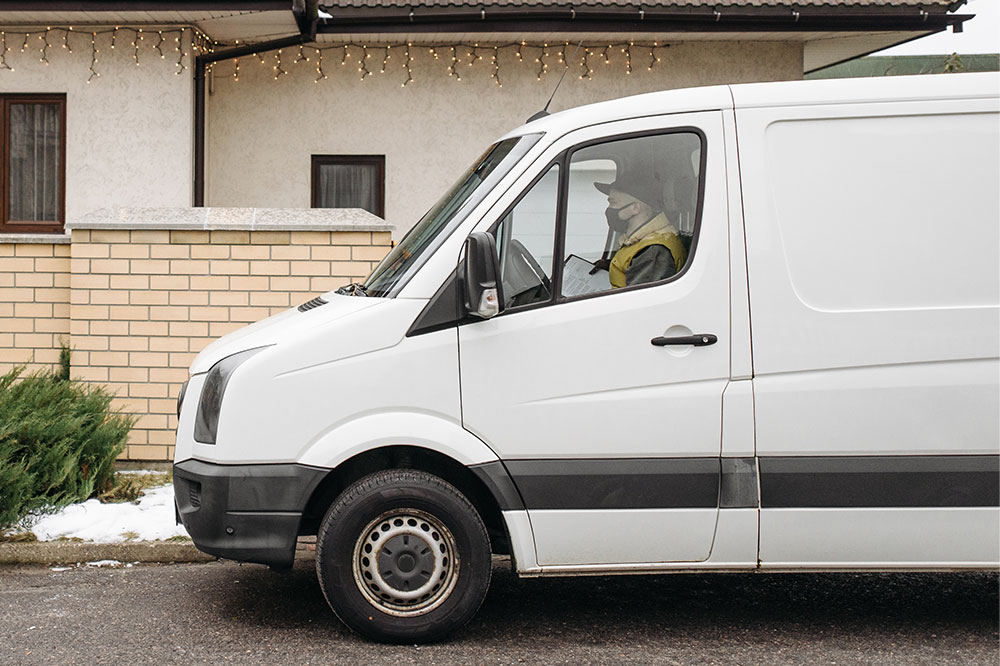Comprehensive Guide to Roadside Assistance: What Is and Isn’t Covered
This comprehensive guide explores the scope and limitations of roadside assistance services, highlighting what is covered and what isn't. It emphasizes the importance of understanding policy exclusions and offers tips to maximize preparedness for roadside emergencies. Learn how to select the right roadside support plan to ensure safety and peace of mind during long trips or unpredictable situations.

Understanding the Scope and Limitations of Roadside Help Services
Getting stranded on the side of the road due to a vehicle breakdown can be a stressful and dangerous experience, especially during long trips or in remote areas. To ease such concerns, many drivers rely on roadside assistance services, which are often included as part of their car insurance policies or purchased separately. These services are designed to provide prompt help during emergencies, offering peace of mind and safety for all drivers and passengers. However, despite their usefulness, these services do not cover every possible scenario. Understanding the limitations of roadside assistance is crucial so that drivers can avoid unexpected expenses and be fully prepared for emergencies.
The importance of roadside assistance services cannot be overstated, particularly for drivers who frequently travel long distances or in challenging conditions. Modern roadside support typically includes a wide range of services such as towing to the nearest repair shop, fuel delivery, lockout assistance, jump-starting dead batteries, and sometimes even extrication from complicated terrains like mud or snow. These features are designed to help drivers quickly resolve common roadside issues, minimizing downtime and ensuring safety. Many insurance providers and roadside service companies offer 24/7 coverage, providing assistance around the clock, regardless of the day or weather conditions. This all-encompassing coverage provides invaluable peace of mind, knowing help is just a phone call away in case of trouble.
Choosing a comprehensive roadside assistance plan is a wise decision, especially for individuals who frequently travel or own vehicles that may require more specialized support. Progressive roadside assistance, for example, is renowned for its expansive coverage that includes a variety of emergency scenarios such as mechanical breakdowns, flat tires, dead batteries, and situations where your vehicle is immobilized in difficult terrains like snow, mud, or sand. When you contact their emergency support team, they coordinate with local service providers to dispatch assistance promptly. Typically, charges for these services are included in your membership plan, so you don’t need to worry about unexpected bills during a crisis.
Nevertheless, it’s equally important to recognize what roadside assistance does not cover to prevent misunderstandings or costly surprises. Most policies exclude certain services, such as towing from docks, marinas, or other water-based locations, which are usually considered outside the standard roadside support scope. Similarly, installation or removal of snow tires or chains may not be included, particularly if these are considered specialized or auxiliary services. Weak or dead batteries might not always be covered if the service provider determines the issue is due to neglect or lack of maintenance, rather than an unforeseen failure. Additionally, services like accident repair or roadside repairs requiring extensive parts replacement are generally beyond the scope of roadside assistance and require different arrangements or coverage.
To maximize your safety and preparedness, it is advisable to thoroughly review your roadside assistance policy before enrolling. Familiarize yourself with the specific inclusions and exclusions, so you know precisely what to expect during an emergency. Sometimes, upgrading your plan or adding supplementary coverage can help fill in the gaps, such as including towing from water-based locations or specialized tire services. Many providers also offer optional add-ons for more niche needs, like vehicle lockout protection or service in remote wilderness areas. Being well-informed allows you to better coordinate assistance and avoid surprises when the emergency strikes.
In summary, roadside assistance is an invaluable resource that adds a layer of security to your driving experience. It offers rapid help during breakdowns, roadside emergencies, or challenging terrain situations, helping you get back on the road faster. Yet, it’s essential to understand its boundaries. Not all services are covered, and some incidents may require additional support or separate arrangements. By carefully selecting your coverage, reviewing policy details, and considering supplementary plans when necessary, you can ensure you’re fully protected and prepared for any unexpected roadside incident. Always keep emergency contact information readily accessible, and consider carrying essential tools and supplies in your vehicle, such as a flashlight, first aid kit, and basic repair tools, to further enhance your safety and readiness.





